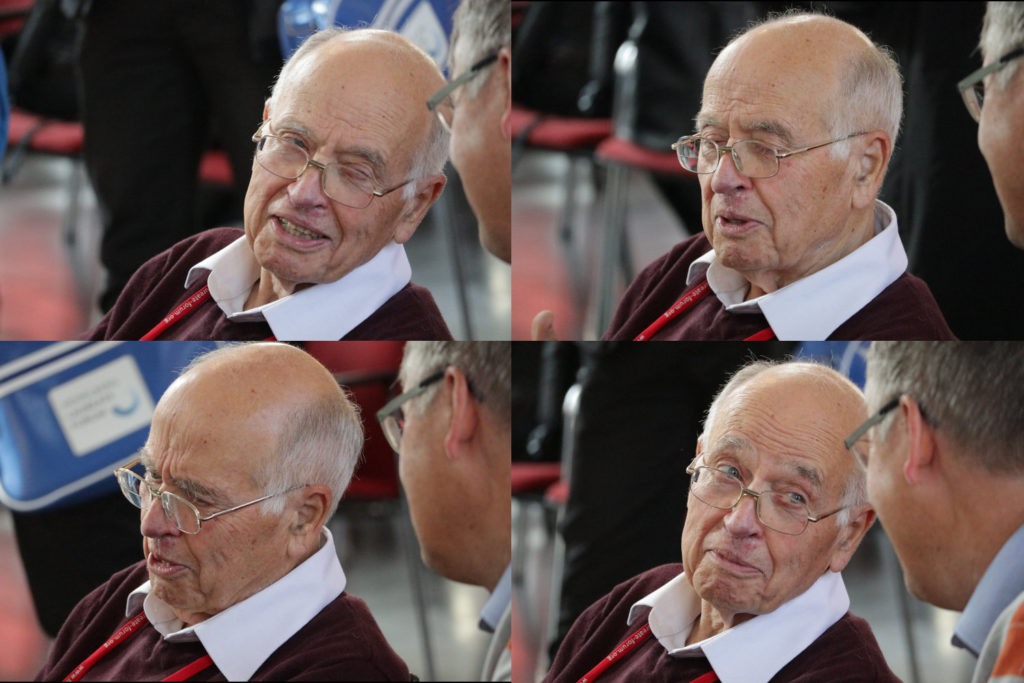Atiyah and the Riemann Hypothesis: What are the next steps?
BLOG: Heidelberg Laureate Forum

The eagerly awaited talk yesterday morning by Sir Michael Atiyah about what he says is a proof of the famous Riemann Hypothesis was very enjoyable. Feel free to read up on it in my blow-by-blow sequence of live tweets, which begins with Atyah’s first slide – click to read the rest of it on Twitter:
Atiyah has promised this to be accessible to non-mathematicians. #HLF18 pic.twitter.com/4tg384IHyB
— Markus Pössel (@mpoessel) September 24, 2018
(If you would like to learn more about what the Riemann Hypothesis actually is, here is a great HLF blog article by Katie Steckles.)
But listening to a diverting lecture is one thing. Reasonable certainty that one of the most famous open problems in mathematics has been solved is a completely different kettle of fish.

So let me briefly recapitulate what the next steps will be. Given that the Riemann hypothesis, of which Atiyah has claimed to have presented a proof in today’s lecture, is so famous – it is one of the seven Millenium problems posed by the Clay Mathematics Institute in 2000, and (part of) one of Hilbert’s problems collected by the German mathematician David Hilbert in 1900 – there is bound to be excitement after today’s presentation. So it’s important to remember that we are at the beginning of a longer process.
I am not aware that Hilbert left us any specific criteria for when he would regard one of his problems to have been solved. The Clay Institute has been much more explicit.
So far, we have Atiyah’s lecture, as well as what appears to be a write-up, and also this earlier write-up that contains some of the needed definitions (thanks to, respectively, Thilo Kueppers and Angel Lopez for pointing me to these). His findings now have to be discussed and evaluated within the mathematical community.


he didnt prove it sir
Just curious about the logic in the ‘simple proof’. I want to know 1. What can be deduced from his reasoning if replacing the Riemann zeta function by something else in the magic Todd function? 2. Why do those famous experts on RH keep quiet if RH is really solved? Is it because the proof is actually not simple or because they do not want to hurt the feeling of this renown mathematician if his proof is wrong?
This.
Appear that Aiyah try to prove that geométrical and physics are intrinsically linked.the Todd funciona and fine- structure constant appear associated a magic function to explain the distributions of prime Numbers with the zero non trivial and complex Numbers with the prime Numbers ,as the time associated to the space,being deformed that is the spacetime einstennian
Don t exist form and shapes to explain the RH because the RH is not truth,because the zeta functions are “holes” in the spacetime through the symmetry groups CT and PT implies the pattern of the prime Numbers through the imaginary Numbers,running the seconds of the time.